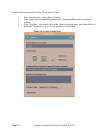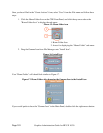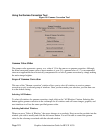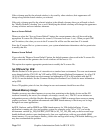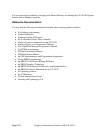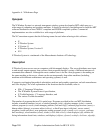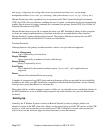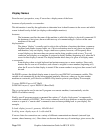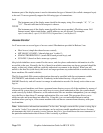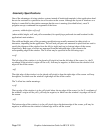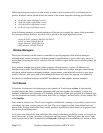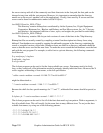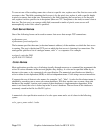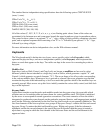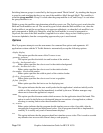hostname part of the display name is used to determine the type of channel (also called a transport layer)
to be used. X servers generally support the following types of connections:
local
The hostname part of the display name should be the empty string. For example: ":0", ":1", or
":0.1". The most efficient local transport is chosen.
TCP/IP
The hostname part of the display name should be the server machine's IP address name. Full
Internet names, abbreviated names, and IP addresses are all allowed. For example:
expo.lcs.mit.edu:0, expo:0, 18.30.0.212:0, bigmachine:1, and hydra:0.1.
Access Control
An X server can use several types of access control. Mechanisms provided in Release 5 are:
• Host Access (simple host-based access control);
• MIT-MAGIC-COOKIE-1 (shared plain-text "cookies");
• XDM-AUTHORIZATION-1 (secure DES based private-keys); and
• SUN-DES-1 (based on Sun's secure rpc system).
dtlogin/xdm initializes access control for the server, and also places authorization information in a file
accessible to the user. Normally, the list of hosts from which connections are always accepted should be
empty, so that only clients with are explicitly authorized can connect to the display. When you add
entries to the host list (with xhost), the server no longer performs any authorization on connections from
those machines. Be careful with this.
The file from which Xlib extracts authorization data can be specified with the environment variable
XAUTHORITY, and defaults to the file .Xauthority in the home directory. dtlogin/xdm uses
$HOME/.Xauthority and will create it or merge in authorization records if it already exists when a user
logs in.
If you use several machines, and share a common home directory across all of the machines by means of
a network file system, then you never really have to worry about authorization files; the system should
work correctly by default. Otherwise, as the authorization files are machine-independent, you can simply
copy the files to share them. To manage authorization files, use xauth. This program allows you to
extract records and insert them into other files. Using this, you can send authorization to remote
machines when you log in, if the remote machine does not share a common home directory with your
local machine.
____________________________________________________________________________________
Note: Authorization information transmitted "in the clear" through a network file system or using ftp or
rcp can be "stolen" by a network eavesdropper, and as such may enable unauthorized access. In many
environments this level of security is not a concern, but if it is, you should know the exact semantics of
the particular authorization data to know if this is actually a problem.
____________________________________________________________________________________
Graphics Administration Guide for HP-UX 10.20
Page 129



